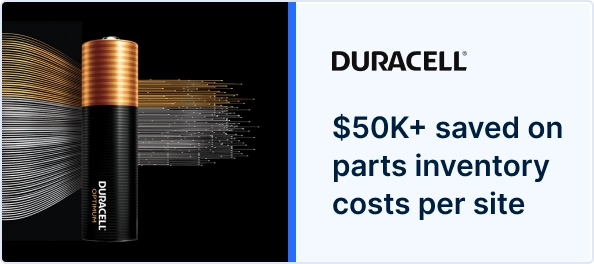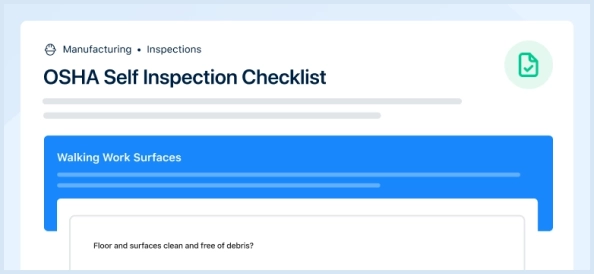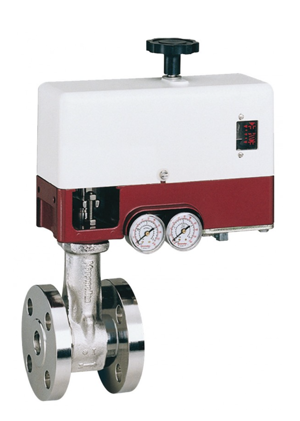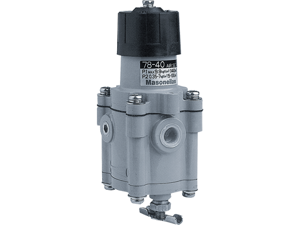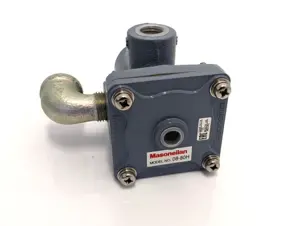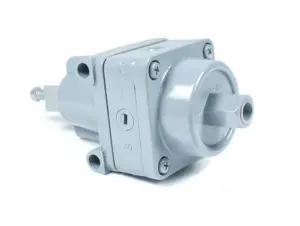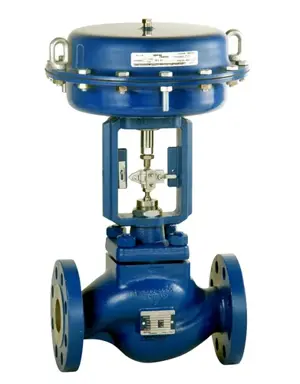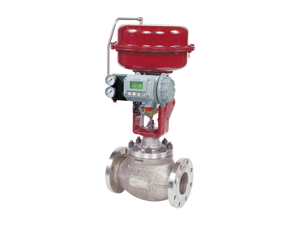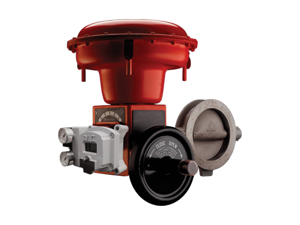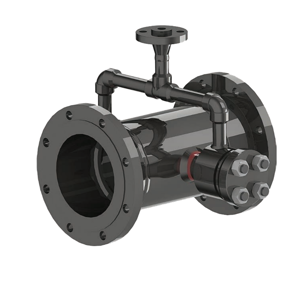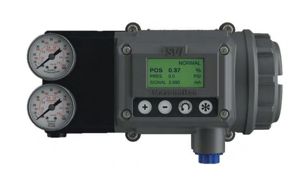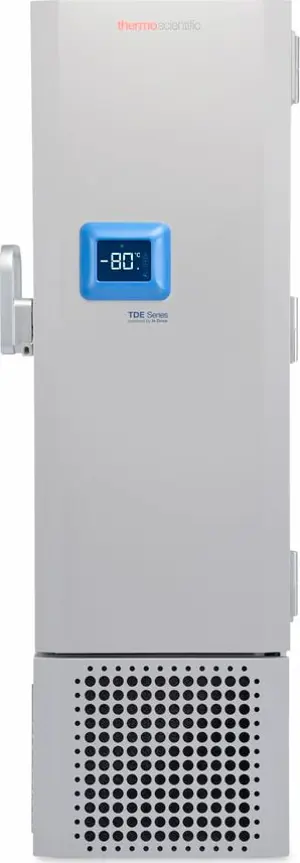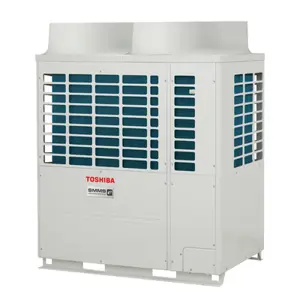

The Baker Hughes Regulator FlowMaxTM is a high-performance flow control solution designed for industrial applications. This regulator ensures precise pressure management and optimal flow rates, enhancing system efficiency and reliability. Ideal for various sectors, the FlowMaxTM model is engineered for durability and ease of maintenance.
Turn manuals into instant answers
with your AI-powered assistantTurn manuals into instant answers
with your AI-powered assistant
Manual for Baker Hughes Regulator FlowMaxTM
Complete asset maintenance, one click away
Get instant access to all the maintenance information you need. Empower technicians to perform preventive maintenance with asset packages, ready to use right out of the box.
Documents & Manuals
Find all the essential guides in one place.
Tensioning Guide
Belt-diagram
C-120 pulleys
+ 13 more
Work Order Templates
Pre-built workflows to keep your asset running smoothly.
Daily Electrical System Inspection
Replace Roller and Pulley
Install Engine B-120
+ 29 more
Procedures
Integrate maintenance plans directly into your work orders.
Motion Industries
Applied Industrial Technologies
Electrical Brothers
+ 5 more
Parts
Access the parts list for your equipment in MaintainX.
Drive Motor
B2 Rollers
Tensioning System
+ 40 more

Baker Hughes Regulator FlowMaxTM
Create an account to install this asset package.
Maintenance Plans for Baker Hughes Regulator Model FlowMaxTM
Integrate maintenance plans directly into your work orders in MaintainX.
Regulator Inspection
Disassembly for Main Diaphragm Inspection
1. Disconnect control/sense and pilot supply lines to the actuator.
2. Loosen and remove the cap screws securing the actuator housing and remove the actuator from the body by lifting straight up. DO NOT PRY.
3. Remove the spring case cap and remove the main spring.
4. Remove the spring case cap screws and remove the spring case.
5. Remove the upper stem nut and remove the piston from the stem. Remove the balancing diaphragm. Use a wrench to hold the stem while loosening the stem nut.
6. Remove the housing cap screws and remove the upper actuator housing.
7. Remove the balancing diaphragm retainer. Use a wrench to hold the stem while loosening the retainer. The 2” inch FlowMax retainer is threaded and attached directly to the stem. The 3”-6” FlowMax regulators utilize a nut and washer to hold the retainer in place.
8. Remove the upper diaphragm retainer and the main diaphragm. Inspect the main diaphragm for any damage.
Regulator Inspection
Partial Disassembly for Balancing Diaphragm Inspection
1. Disconnect control/sense and pilot supply lines to the actuator.
2. Loosen the spring case cap and remove the main spring.
3. Remove the spring case bolts, the spring case, and the spring case o-ring.
4. Remove the cap screws securing the actuator housing and remove the actuator from the regulator body by lifting straight up. DO NOT PRY.
5. Remove the upper stem nut located on top of the piston.
Note: When removing the upper stem nut, hold the stem with a wrench at the stem flats near the plug assembly. Failure to do so may cause damage to the main actuator diaphragm. Remove and inspect the piston, washer, and balancing diaphragm. Inspect the piston ring and balancing diaphragm for signs of wear and damage. Replace as necessary.;
Regulator Cleaning
1. DO NOT clean o-ring grooves with sharp metal tools. The bottom of the grooves must have a smooth finish to prevent leakage. The mating surface of adjacent parts must also be smooth to prevent leakage.;
Regulator Inspection
Partial Assembly for Balancing Diaphragm Inspection
1. Install the balancing diaphragm onto the balancing diaphragm retainer. Ensure that the diaphragm flange is facing up. Once installed, the top diaphragm flange should be pushed down flush with the counter bore surface of the upper actuator housing.
2. Install the piston ring onto the piston.
3. Install the piston onto the stem with the piston ring and counter bore up. The bottom end of the piston should fit over the balancing diaphragm and hold it in place over the balancing diaphragm retainer.
- Note: 3”-6” FlowMax regulators utilize a nut to hold the balancing diaphragm retainer in place. 4. Install the washer in the piston counter bore and install the upper stem nut. Use a wrench to hold the stem while tightening the upper stem nut.
5. 2” FlowMax only: Place the balancing diaphragm o-ring into the counter bore in the upper actuator housing and install the spring case onto the housing. The o-ring can be lightly stretched for ease of assembly.
6. 3”, 4” & 6” FlowMax only: Lubricate and install the balancing diaphragm o-ring into the spring case groove. Place the spring case onto the housing and install cap screws to the proper torque (refer to Table 4, page 26).
7. Insert the main spring into the piston counterbore and install the spring case cap.
8. Lightly coat the housing o-ring with lubricant and install the body gasket. The 6” FlowMax does not utilize a body gasket; the housing o-ring on a 6” FlowMax is machined into the regulator body.
Regulator Inspection
Partial Assembly for Stem/Plug/Seat Inspection
- Note: Lightly lube o-rings before installation.
1. If the o-rings have been removed, reinstall the bushing o-ring and the stem o-ring.
2. Screw the stem bushing into the bottom side of the lower actuator housing until the bushing flange has bottomed on the housing. Do not over tighten.
3. Install a new o-ring in the internal plug groove.
4. Install the plug onto the tapered end of the stem with the plug seal facing away from the actuator.
5. Screw the stem nut on the bottom of the stem with the rubber seal toward the plug to lock the plug assembly in place. Use a wrench to hold the stem while tightening the stem nut.
6. Ensure that the seat bore in the body is clean and install the seat o-ring and seat into the bore in the body. Make sure that the chamfered edge of the seat is resting against the seat o-ring and that the knife-edge sealing surface is facing up.
7. Install the cage onto the seat. The cage should fit snugly over the raised lip on the seat. Do not damage the seat sealing surface when installing the cage.
Unlock efficiency
with MaintainX CoPilot
MaintainX CoPilot is your expert colleague, on call 24/7, helping your team find the answers they need to keep equipment running.
Reduce Unplanned Downtime
Ensure your team follows consistent procedures to minimize equipment failures and costly delays.
Maximize Asset Availability
Keep your assets running longer and more reliably, with standardized maintenance workflows from OEM manuals.
Lower Maintenance Costs
Turn any technician into an expert to streamline operations, maintain more assets, and reduce overall costs.
Thousands of companies manage their assets with MaintainX
















